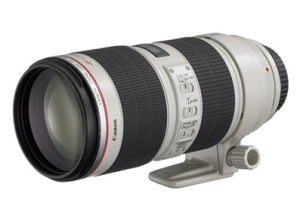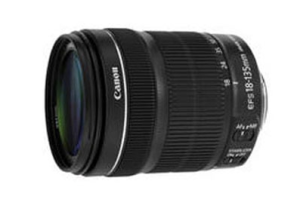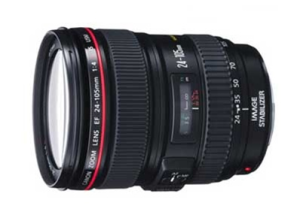|
Canon Lens Abbreviations
AF, IS, USM, ED, VR, L, TS-E...
Say what??
Canon and Nikon use different acronyms and abbreviations when describing their lenses. We get questions about what they mean all of the time, and with good reason. It can look really confusing. Below briefly explains the terminology that Canon uses.
Canon Focus/Mount types
 The Canon 14mm EF f/2.8L II USM is an example of an EF lens. This lens will fit on all EOS bodies.  The Canon 10-22mm EF-S f/3.5-4.5 USM is an example of an EF-S lens. This lens will only mount to EF-S compatible bodies. Technology and Lens Class
 The Canon 70-200mm EF f/2.8L IS USM II is an L series lens, with image stabilization and an ultrasonic focusing motor. This is the updated version, or version II, of this lens.  The Canon 18-135mm EF-S f/3.5-5.6 IS STM has a stepper motor that will eliminate auditory noise while shooting video. Specialized lens abbreviations
 The Canon 65mm MP-E f/2.8 1-5x Macro can achieve magnification from 1:1-5:1. At its maximum magnification, you can fill a 35mm frame with a grain of rice.  This is the Canon 45mm f/2.8 TS-E Tilt-Shift. It is an EF lenses that can be shifted and tilted to control the plane of focus and correct perspective distortion. Now that we understand what all of that photo jargon means, it's a lot easier to read and understand the lens. Lets take the Canon 24-105mm EF f/4L IS USM as an example.  Canon 24-105mm EF f/4L IS USM We can tell that this is an expensive and professional-grade lens (L-series). It features an advanced optical formula with ED and Fluorite glass elements (L). It can be mounted on full or cropped frame cameras (EF). The lens has Canon's Image Stabilizer technology (IS). Autofocus is supported by the Ultra-Sonic Motor. Manual focus is available, while auto-focus will be fast and quiet (USM). Not so complicated anymore! To check out all of the Canon equipment we have for rent, click HERE. Happy Shooting! |